First of all, I would like to charge my battery with a constant current. When my battery is charged to 4.2 V, I want to stop the constant-current charging and switch to CV mode.
My problem is the following: When I am in constant current, we can observe on the graphs that my current drops. Moreover, I can't set my current to the desired value. I would like to set it to 1 mA. For that, I change the value of R5, but I never manage to reach 1 mA.

